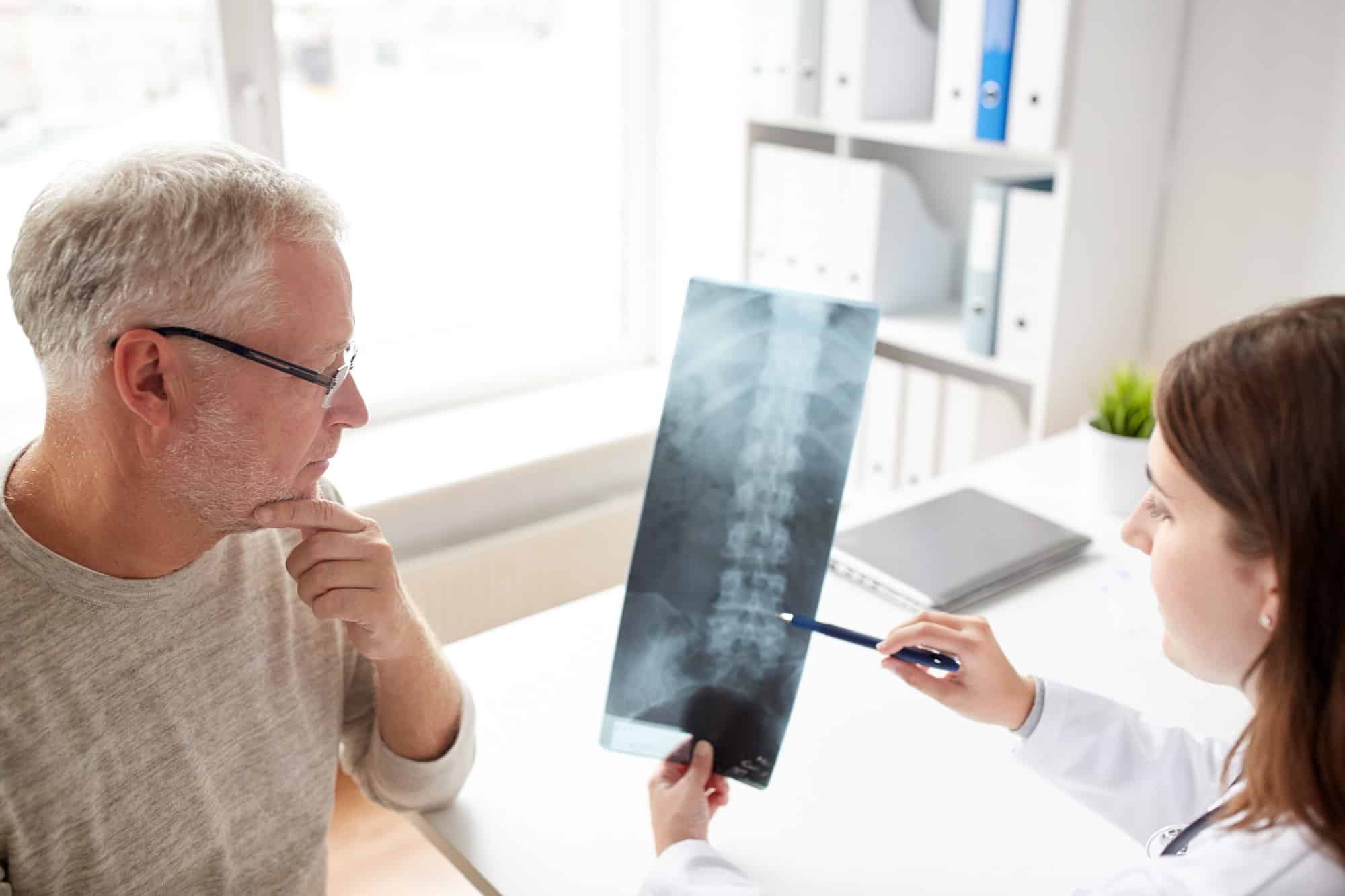Many of us harbor a nagging back injury that we hope will go away with time. Unless you have known back injuries, chances are you don’t think about your back unless you feel pain.
Herniated discs and bulging discs are often used interchangeably. While these two conditions seem identical, they are not the same, and it’s important to know the difference. Continue reading to learn more about bulging vs herniated disc and how you can tell which one you may be suffering from.
What Is a Bulging Disc?
A bulging disc occurs when the rubbery discs, which act as shock absorbers within the spine, experience abnormal expansion. They can occur anywhere along the spine. However, they mostly affect the lower back (lumbar) and neck (cervical) areas.
Bulging discs can cause localized and/or radiating back pain and other symptoms. It occurs when the soft, jelly-like center part of the disc bulges out beyond the harder exterior. This can put pressure on nearby nerve endings, causing pain and discomfort.
The condition is usually treated with physical therapy, epidural steroid injections, or medications to relieve the pain and inflammation. In some cases, surgery may be recommended to remove the bulging disc and the damaged portion of the disc.
What Is a Herniated Disc?
A herniated disc is a medical condition where a disc in the spine bulges or ruptures, causing the disc material that contains a jelly-like center to protrude out. This can apply stress to adjoining nerves and cause pain, numbness, and/or weakness in the affected area.
Herniated discs can occur anywhere along your spine but are more common in the lumbar area of the lower back. They also can happen in your neck, but this is less common. Common causes for herniated discs include age, wear and tear, and overuse.
Treatment for herniated discs typically involves rest, physical therapy, medications, and in the more severe cases, surgery. It can often be managed with simple lifestyle changes, including modification of daily activities and exercise.
Bulging vs Herniated Disc
 Bulging and herniated discs are two very different issues even though they are often lumped together in conversation.
Bulging and herniated discs are two very different issues even though they are often lumped together in conversation.
Treatment for both conditions varies and often includes physical therapy and activity modification. In more extreme cases, more aggressive treatments, such as steroid injections or even surgery, may be needed.
Be educated and understand other available treatments. Try to browse online and learn more about decompressive lumbar laminectomy, another excellent treatment option that you might consider.
Know How to Spot the Difference for a More Accurate Treatment
The difference between bulging vs herniated discs can be subtle, but it is important to understand which you have as the treatment can be quite different. Bulging discs are mainly due to poor posture, whereas herniated discs are often caused by trauma or repetitive motions.
Are you suffering from chronic back pain? Speak to your doctor to help you identify and understand the treatment necessary for a healthy back. Get the best treatment plan today!
If you’re interested in discovering more, take a look at our blog for updates. We update it often to provide you with the latest information.

